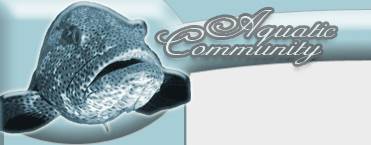Banana spider
The Banana spiders are also known as Writing spiders, Golden silk orb-weavers or simply Golden orb-weavers. They belong to the genus Nephila in the family Nephilidae, a genus containing 27 different species. Examples of Banana spider species are Nephila clavata, Nephila clavipes, Nephila edulis, Nephila inaurata, Nephila maculata, Nephila pilipes and Nephila plumipes.
The “golden” part of their name does not allude primarily to the colour of the spiders, even though some of them can look quite golden. The name is instead derived from the colour of their webs. Banana spiders produce yellow spider silk that shines like gold when exposed to sunlight. The golden colour is probably a way of attracting bees to the web. Shady spots of the web will instead blend in with the surroundings.
Young Banana spiders are famous for their ability to produce vibrational motion when a predator comes near. They will move rapidly back and forth at approximately 40 Hz. When you look at a web spun by a young Banana spider you may not notice the colouration, and young Banana spiders are therefore frequently mistaken for Orchard spiders. If you want to find a young Banana spider, you should look at dead branches that hangs down, or twigs and limbs without thriving foliage. Fences and house overhangs are also popular among young Banana spiders.
The Banana spider named Nephila clavata is native to China, Taiwan, North Korea, South Korea and Japan. It can however not be found on Hokkaidō, the second largest Japanese island. The female Banana spider can reach a size of 25 millimetres and create a web that exceeds one meter in width. The male Banana spider is considerably smaller and will typically be 7-10 millimetres. The female Banana spider is decorated with yellow and dark blue stripes, and mature specimens will be red around the spinneret. Since she is both large and colourful, this Banana spider is easily recognized and well known in her native range. During fall, the male will enter the web of the female in an effort to mate. After mating, the female will deposit from 400 to 1500 in an egg sack that she has spun. The egg sack will be attached to a tree. The offspring will stay inside the eggs during the winter season and emerge as larvae as spring arrives. They will grow during the summer and be ready for reproduction in fall.
The Banana spider named Nephila edulis is also known as the Edible golden silk spider since “edulis” is the Latin word for edible. We do not know for sure why the spider got this name, but several species of Banana spider are in fact eaten in New Guinea. Before being devoured, they are roasted over open fire. In addition to New Guinea, you can find Nephila edulis in Australia and New Caledonia (a part of Melanesia in the southwest Pacific). This Banana spider inhabits temperate as well as tropical environments. The anterior major body section is black and decorated with white markings on the back. The underside is yellow, while the abdomen is grey or brown. The female Banana spider can grow up to 23 millimetres and her web can exceed one metre. Males will rarely grow larger than 6 millimetres. The breeding season occurs between February and May and an average batch will comprise 380 eggs.
